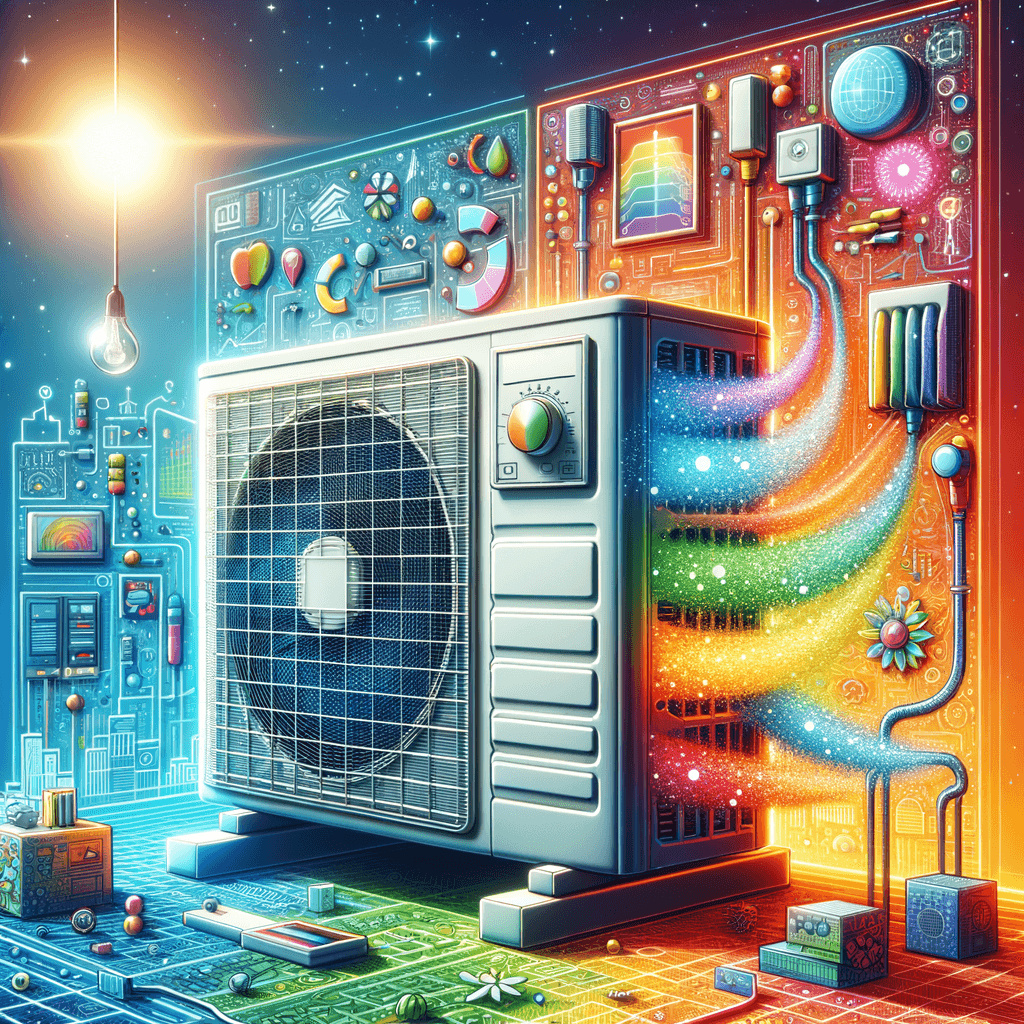
Harnessing Demand Response Technology in Air Conditioning: Optimizing Comfort and Reducing Grid Strain
By Total Care Air Conditioning Thu Oct 23 20257 minutes

What Is Demand Response Technology in Air Conditioning?
Demand response (DR) technology allows air conditioning systems to automatically adjust their operation in response to signals from utility providers or grid operators. This advanced approach helps balance electricity supply and demand, particularly during peak usage periods, by temporarily reducing or shifting energy consumption without sacrificing occupant comfort.Why Demand Response Matters for Homeowners and Businesses
Rising energy costs and frequent grid stress events are driving the need for smarter, more adaptable air conditioning solutions. Demand response-enabled AC units can help users avoid high utility rates, reduce their carbon footprint, and contribute to grid stability—all while maintaining desired indoor temperatures.- Lower energy bills through participation in utility incentive programs
- Increased equipment longevity by reducing run-time during peak stress
- Enhanced environmental sustainability by curbing peak electricity demand
- Potential for automated comfort optimization using smart thermostats
How Does Demand Response Work in Modern Air Conditioning Systems?
Demand response integration typically involves a combination of smart thermostats, load control switches, and cloud-based communication platforms. These components enable real-time or scheduled adjustments to compressor speeds, fan operation, and setpoint temperatures when notified by the utility or energy aggregator.| Component | Function |
| Smart Thermostat | Receives DR signals and adjusts AC settings |
| Load Control Switch | Temporarily cycles AC units off/on |
| Cloud Platform | Coordinates grid and device communication |
Key Features to Look for in Demand Response-Ready AC Systems
Not all air conditioning units are equipped for demand response participation. When considering an upgrade or new installation, certain features are essential for seamless integration and optimal results.- OpenADR or similar communication protocol compatibility
- Remote monitoring and control via mobile app
- Adaptive algorithms for occupant comfort retention
- Integration with home automation and energy management platforms
“The smartest cooling systems of tomorrow will be those that can think beyond the thermostat—adapting to the needs of both the user and the grid.”
Overcoming Common Misconceptions About Demand Response
Many users worry that demand response participation means sacrificing comfort or relinquishing control. In reality, most programs are designed with user override options and prioritize minimal disruption, often making subtle adjustments that are barely noticeable.Future Innovations: The Evolution of Grid-Interactive Cooling
The future of demand response in air conditioning lies in deeper integration with distributed energy resources, such as solar panels and battery storage. As artificial intelligence and predictive analytics advance, systems will autonomously optimize cooling schedules based on weather forecasts, occupancy, and real-time grid conditions.“Demand response is not just about saving money—it's about building resilience into our homes, businesses, and communities.”